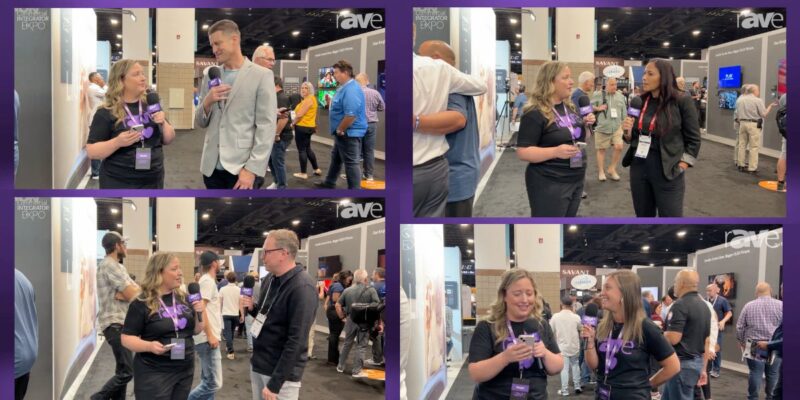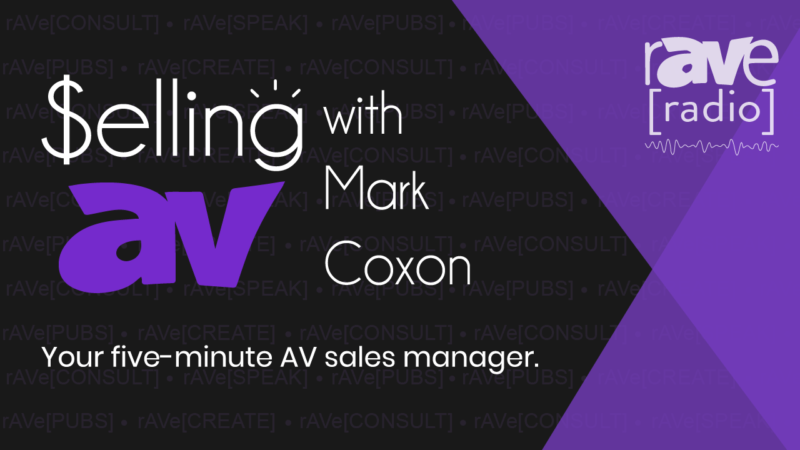The Three Most Dangerous Integrator Mindsets
I have the opportunity to work with an amazing group of integrators here in Southern California. Their expertise vary widely, their company cultures can run the gamut, and they range in size from a handful to hundreds of employees. I also worked on the integration side of AV from 2002 to 2012, and those three integrators were very different in many ways as well.
Given all this, I can tell you there is not one universal formula for success on the integration side of the business. If anyone tells you there is, run for the hills because you’re about to get a truckload of manure dumped on you. On the flip side, I can say with certainty that there are three integrator mindsets that can be dangerous to the future success of an integration firm. In an effort to help anyone reading recognize and perhaps mitigate them in their businesses, I am sharing them here.

“Bid Everything!”
If you have tried this approach to your integration business you already know it’s a bad idea. It’s impossible to be everything to everybody. Expanding your business outside of it’s core competency is not typically a good idea. Many sales and marketing books cite examples of why specialization is such a key part of many companies’ successes. I’ve written about this many times before as well. We all know a customer who hired the integrator that did his home system to do his high-rise or vice versa (and then kicked themselves repeatedly afterward).
The takeaway here? Not all revenue is good revenue. Isolate your strengths, where you add the most value and what type of clients you have had the most success with and then focus on throwing your hat in the ring on those jobs. You can still grow into new verticals, but just make sure your core competencies line up to create the best opportunity for success.
“Bring it in and we’ll figure it out.”
As a career sales professional, I have heard this before. The company is hungry for success and growth and they enlist the sales people to go get the elephant and assure them that they’ll be prepared to deal with it by the time it comes in.
I had this happen in my first commercial job. The integrator I worked for had residential chops and I leveraged some personal relationships to get the opportunity to bid a large commercial job with multiple floors of a high rise, various conference rooms including a two projector edge-blended boardroom, and a 540 speaker distributed audio and sound-masking system. When I was awarded the project I approached the president and asked if we should accept the contract. The answer?
“Bring it in and we’ll figure it out.”
I brought it in alright and then the promised resources weren’t given. I had to “figure it out” myself, which I eventually did. Needless to say, in a future situation where I was told the same thing, I decided not to “bring it in,” as I didn’t want to damage our client relationship by overstepping our capabilities. I referred someone else instead.
Even if you are looking at a job in a vertical you are familiar with and have success in, avoid the “bring it in and we”ll figure it out” mindset. Instead, build your capabilities and contingency plans first. Test those capabilities and processes in smaller ways and then once you’re ready, send your sales people elephant hunting confident that the “figuring out” is already done.
“Someone Else’s Problem”
In a world of increasingly commoditized products, one thing that successful integrators have in common today is that their clients see them as partners and not vendors. One of the quickest ways to go from being a partner to being a vendor again is to shift responsibility by saying that’s “someone else’s problem.” Many times it may actually be the truth, I get it, but it’s the last thing you ever want to say out loud to your client. It says clearly to the client that “you’re on you’re own on this one.” That is not partnership.
A better approach when confronted with an issue that may not be yours is to offer advice. If the client comes to you with an issue, say: “That sounds like a an important thing to get fixed. Why don’t we look at it together to see if there is something I can do to help or if it may be better addressed by one of the other partners on this project?”
This maintains your position as a partner while not increasing your responsibility for fixing things you were not contracted to do. It allows you and the client to explore the issue and solutions together to determine the best resolution. What says “partner” more than that?
As you can see, there may not be a magic bullet for success in every project, however avoiding these three common pitfalls can greatly increase your chances. If you can stick to your core competencies, refrain from biting off more than you know you can chew and maintain a partnership with your clients, you may just find yourself being wildly successful.
We’d all love to hear your comments and stories. Please share them in the comments below.





